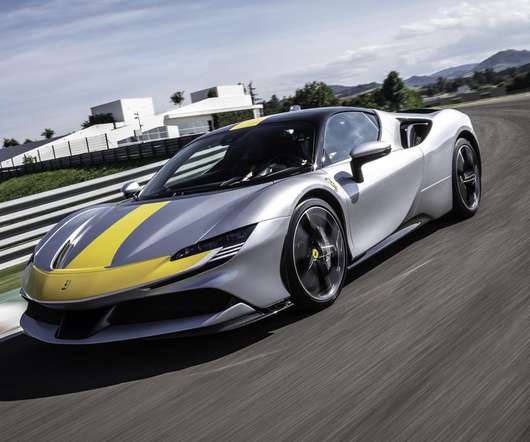Team develops high-capacity Li-ion sulfur battery; no Li-metal anode
Green Car Congress
APRIL 23, 2018
The “classic” high-energy capacity Lithium-sulfur battery is predicated on the use of a sulfur-based cathode and a Lithium-metal anode. Now, a team from Spain, Italy and Germany reports an efficient lithium?ion ion battery using an enhanced sulfur–carbon composite cathode that exploits graphene carbon with a 3D array (3DG?S)















Let's personalize your content